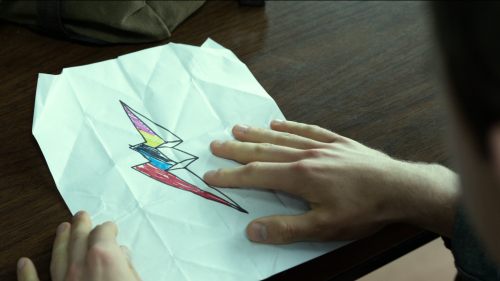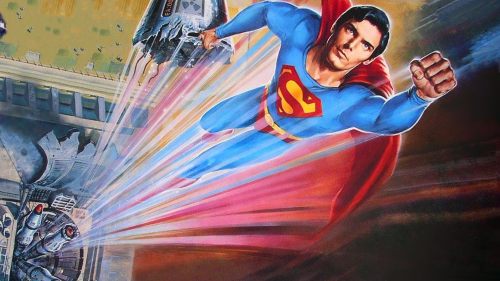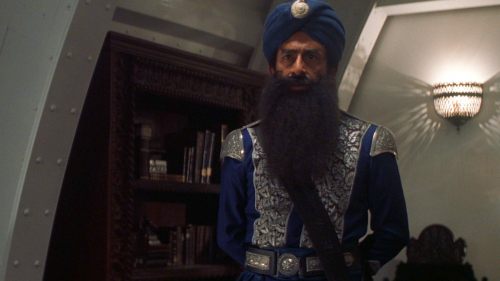Say Something Nice: TERMINATOR 3: RISE OF THE MACHINES
Taking third place in the Worst Terminator Sequel Stakes is to be damned with faint praise, yet Terminator 3: Rise Of The Machines still has its defenders despite often feeling like a mid-90s DTV rip-off which would have greatly benefitted from not sticking $30m of its inflated budget down Arnold Schwarzenegger’s leather pants.
Freeing itself of the need to be an actual Terminator sequel would also justify turning John Connor, saviour of humanity, into a self-pitying loner with an Oedipus complex, or allowing the tragicomic moments of Terminator 2: Judgement Day which emerge from character development to bloom into full-blown comedy, not to mention unceremoniously killing off Sarah Connor.
No matter how it twists and updates them, Rise Of The Machines can’t escape the loop of scenes and lines from previous Terminator movies, while its new characters are poor substitutes for their inspiration: the T-X is conceived largely to add sex appeal to T3 and one-up T2’s T-1000, while Kate Brewster, defined and motivated entirely by her relationships with men including her temporally-mandated betrothal to John, lacks the depth and agency of Sarah Connor.
Moreover, T3 explicitly rejects the underlying theme established by the previous movies of self-determination encapsulated in Sarah Connor’s repeated refrain of “There is no fate but what we make”. Rather than insist that humanity’s best qualities will allow it to deflect self-inflicted Armageddon, Rise Of The Machines asserts the future is fixed and humanity’s only hope of survival is to run and hide from the consequences of its actions. The movie’s finale, in which the nukes rain down as John and Kate listen from the safety of their shelter is lauded as a brave twist in the franchise’s mythology but in truth betrays its very foundations. T3 may not be an entirely bad movie, but it’s a bad, and largely forgettable, Terminator movie.
The completely unforgettable part of Terminator 3: Rise Of The Machines, though, is the crane chase:
Like all the best chases it’s structured in distinct acts of escalation and reversal punctuated by pauses to briefly catch breath, illustrating character and theme while still delivering visceral destructive thrills.
It’s amplified by two very simple choices. Firstly, its soundtrack of sirens, tyre-squeal, crumpling cars and snapping telephone poles directs all our attention to the action, the film’s score only returning to add tension in the build-up to the crane’s climactic flip. Secondly, it’s almost entirely practical, putting the camera and characters in the heart of the action as real vehicles crash into buildings and each other on real surface streets, heightening the sense of peril and lending it an authenticity which is only fractured by the switch to a CGI crane for the flip itself, a stunt deemed prohibitively dangerous to perform practically even though the crew managed to roll the real 140 ton crane during rehearsal.
Tapping into an almost primal fear of large vehicles running out of control as an example of the danger posed by our machines, the ludicrous size of the crane also reflects the conception of the T-X as an irresistible force corrupting technology to do its bidding compared to the crude wrecking ball that is the T-101, a metaphor made literal as it sideswipes an ambulance and smashes through the frontage of a building. At the same time, John Connor rediscovers his own survival instincts as he’s pursued by the T-X’s corrupted cop car minions across urban lawns, a bouncing inflatable squeaking in alarm at this violence visited upon everyday domestic life.
Those same minions elegantly dramatise the one new idea Terminator 3: Rise Of The Machines brings to the franchise by casting Skynet as a global computer virus: the prospect of a progressively more interconnected world subject to the whims of machines and systems of which our understanding and control is imperfect, where technology infiltrates every corner of life and our dependence upon it only broadens our vulnerability, allowing that which is supposed to protect and serve to instead become our oppressor. It’s not wholly original, but resonates both in the context of the movie and the present day.
The Terminator franchise revolves around warnings from the future, and yet it’s this warning from the past which turns out to be both its most profound prediction and the underlying basis of a car chase all-timer.



